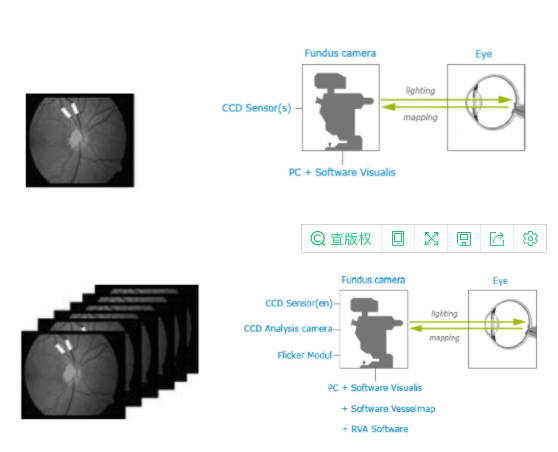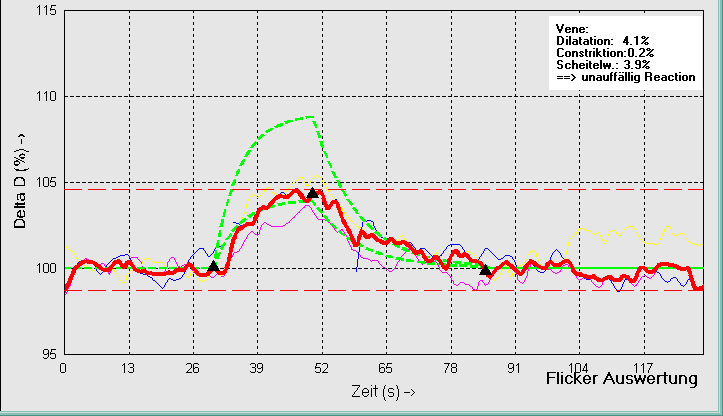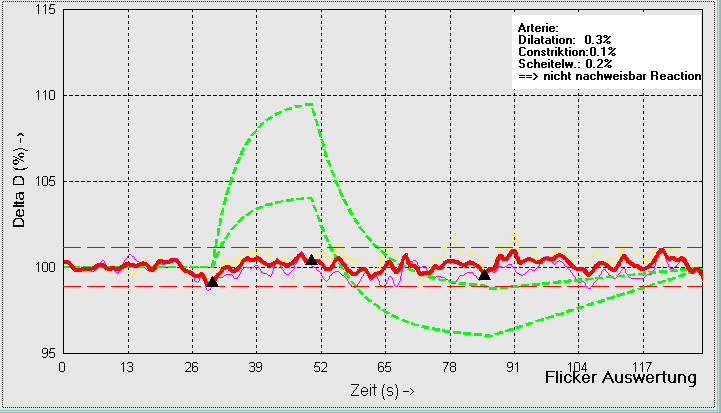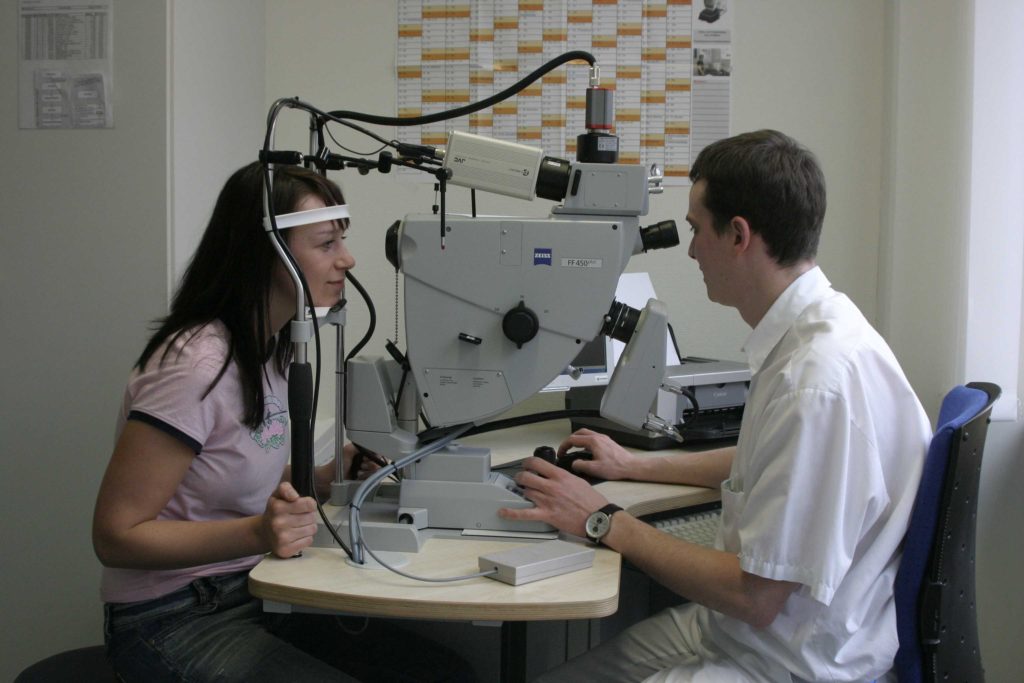- The eye is a non-invasive diagnostic window to the cardio-vascular health of a person. The condition of micro-bloodvessels of the retina can be visually analyzed with iMEDOS tools.
- Pathological changes of the micro-bloodvessels are an early biomarker for cardio-vascular problems several months or even years in the future.
- Micro-bloodvessels are also affected by diabetic retinopathy and endothelial dysfunction.
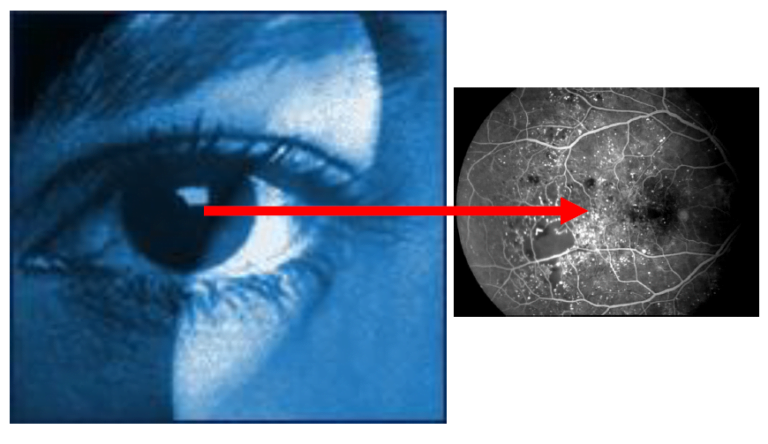
By microvascular diseases, we know:
Therefore,we focus on Vascular Function Imaging and Measurements to prevent damages
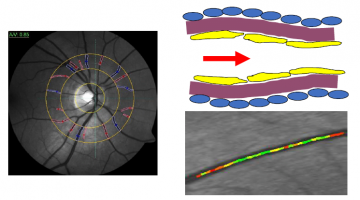
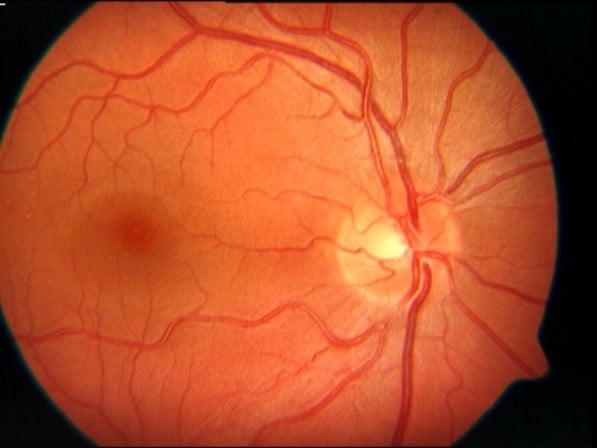
Static vessel analysis needs only one retina picture. Static Micro Vessel Analysis analyses the micro blood vessels of the retina statically, i.e. based on still images taken with a specialized camera
Dynamic vessel analysis uses a Picture sequencefor online measurements of the Vessel diameter. Stimulation responses can berecorded.
